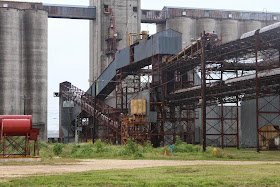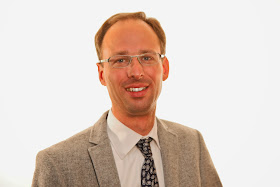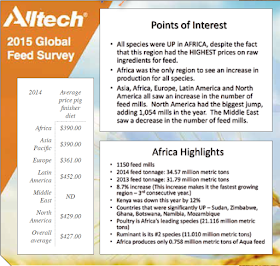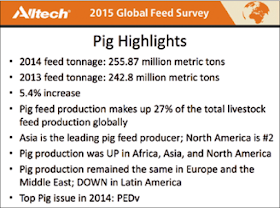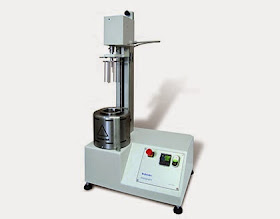The IGC Grains Conference, one of the longest-running and well-established events on the grains and oilseed calendar, will take place in London on 9th June 2015. The conference, now in its 24th year, will bring together traders, policy makers, business leaders and government officials from across the globe under the theme 'Building on success, responding to challenges.'
Providing a fantastic opportunity to network and build relationships with some of the world’s most prominent grains and oilseed professionals, the agenda also features a pre-conference welcome reception on the previous evening.
The main programme is split into five distinct sessions, where panels of top industry experts will examine the current challenges facing the global grains economy through an assessment of supply and demand fundamentals, futures markets and environmental issues.
Confirmed speakers include:
- Tim Andriesen, Managing Director – CME Group
- Lu Jing Bo, Vice Administrator – State Administration of Grain, China
- Stefan Vogel, Head of Agri Commodity Markets Research – Rabobank
The Global Miller
This blog is maintained by The Global Miller staff and is supported by the magazine GFMT
which is published by Perendale Publishers Limited.
For additional daily news from milling around the world: global-milling.com







